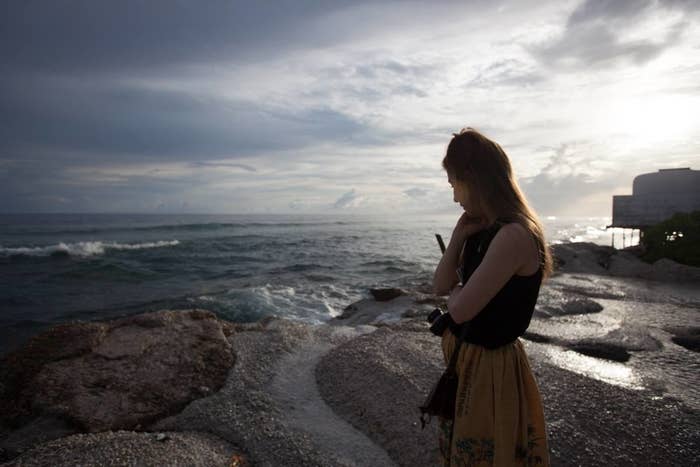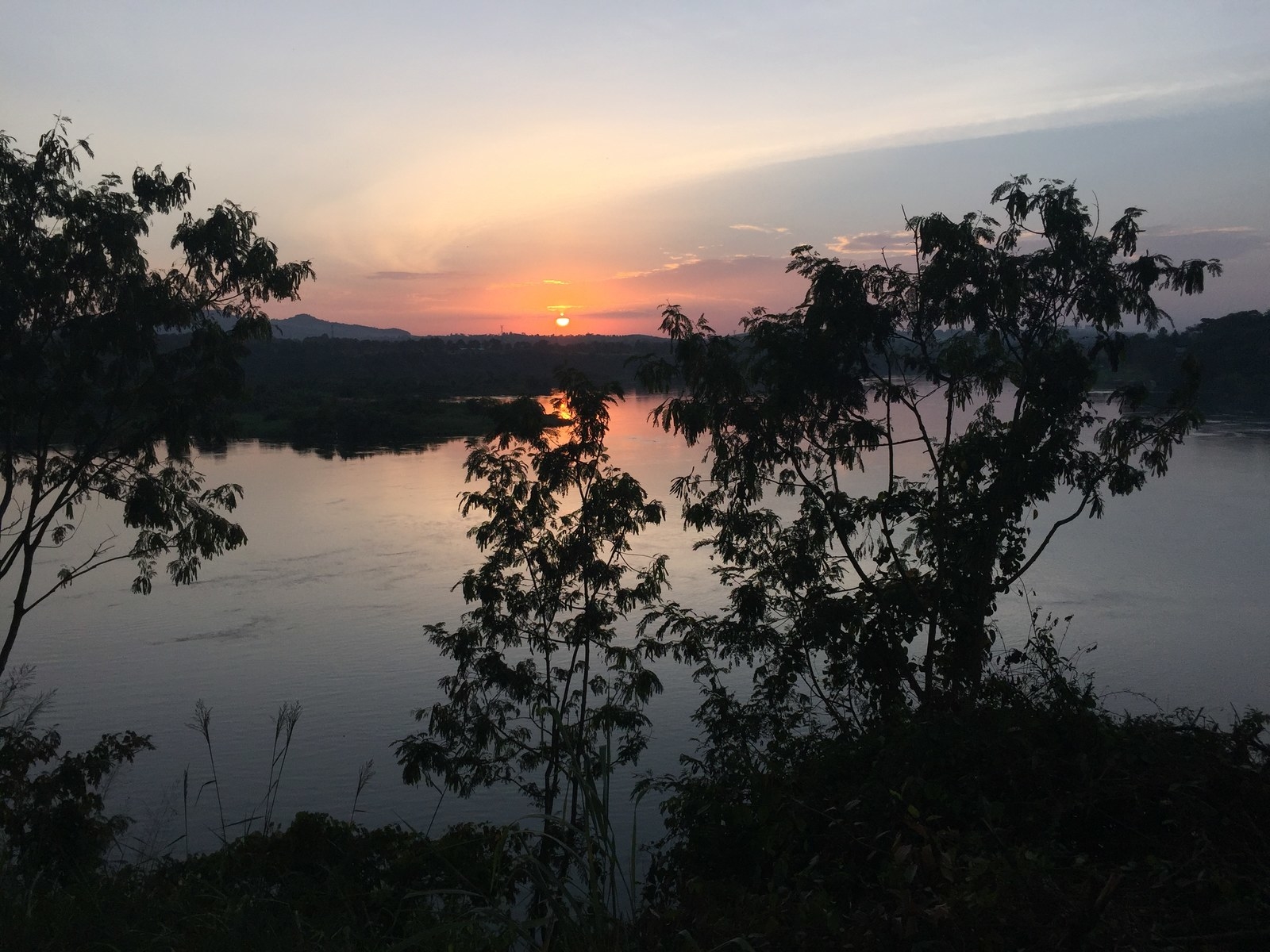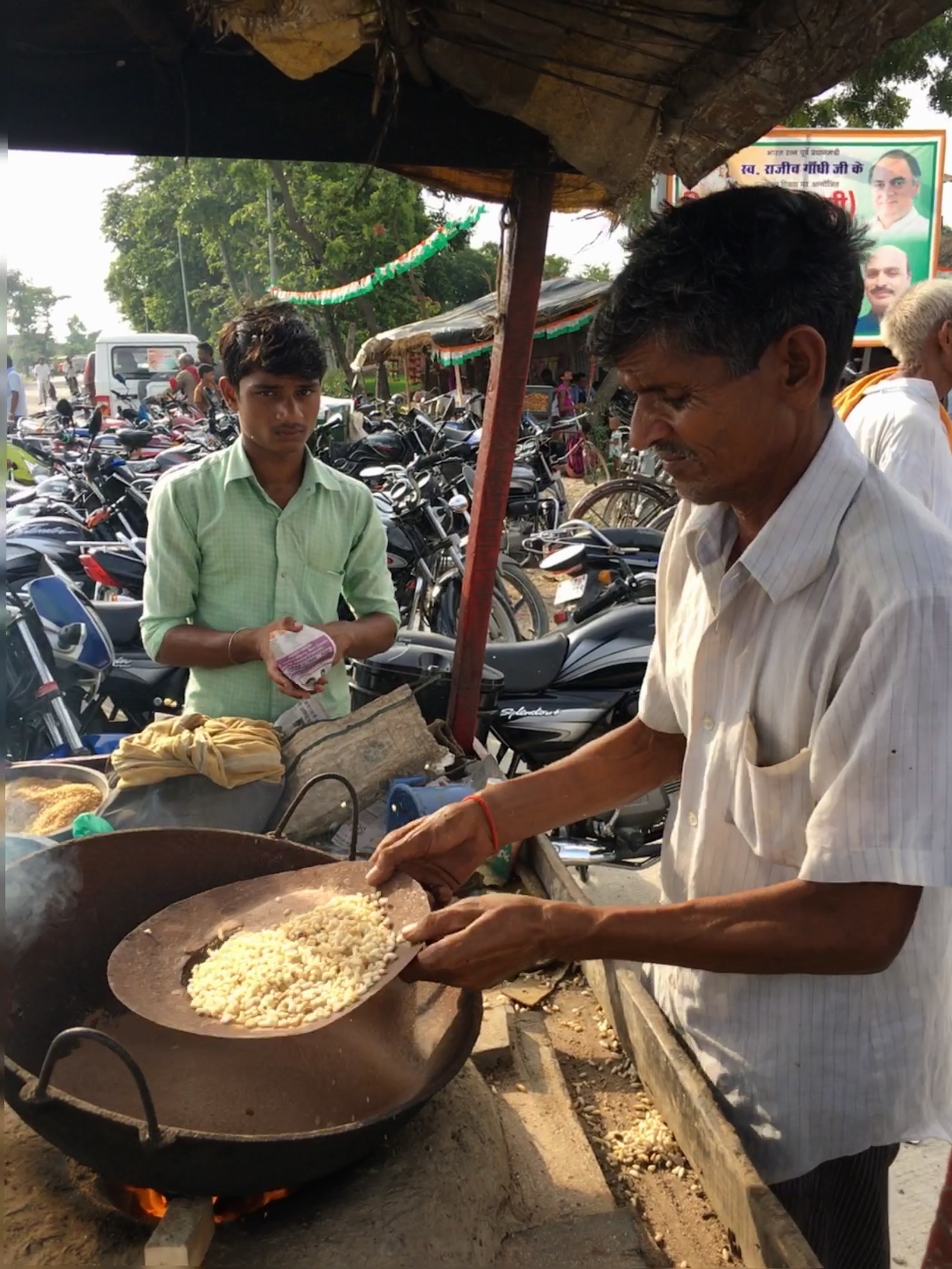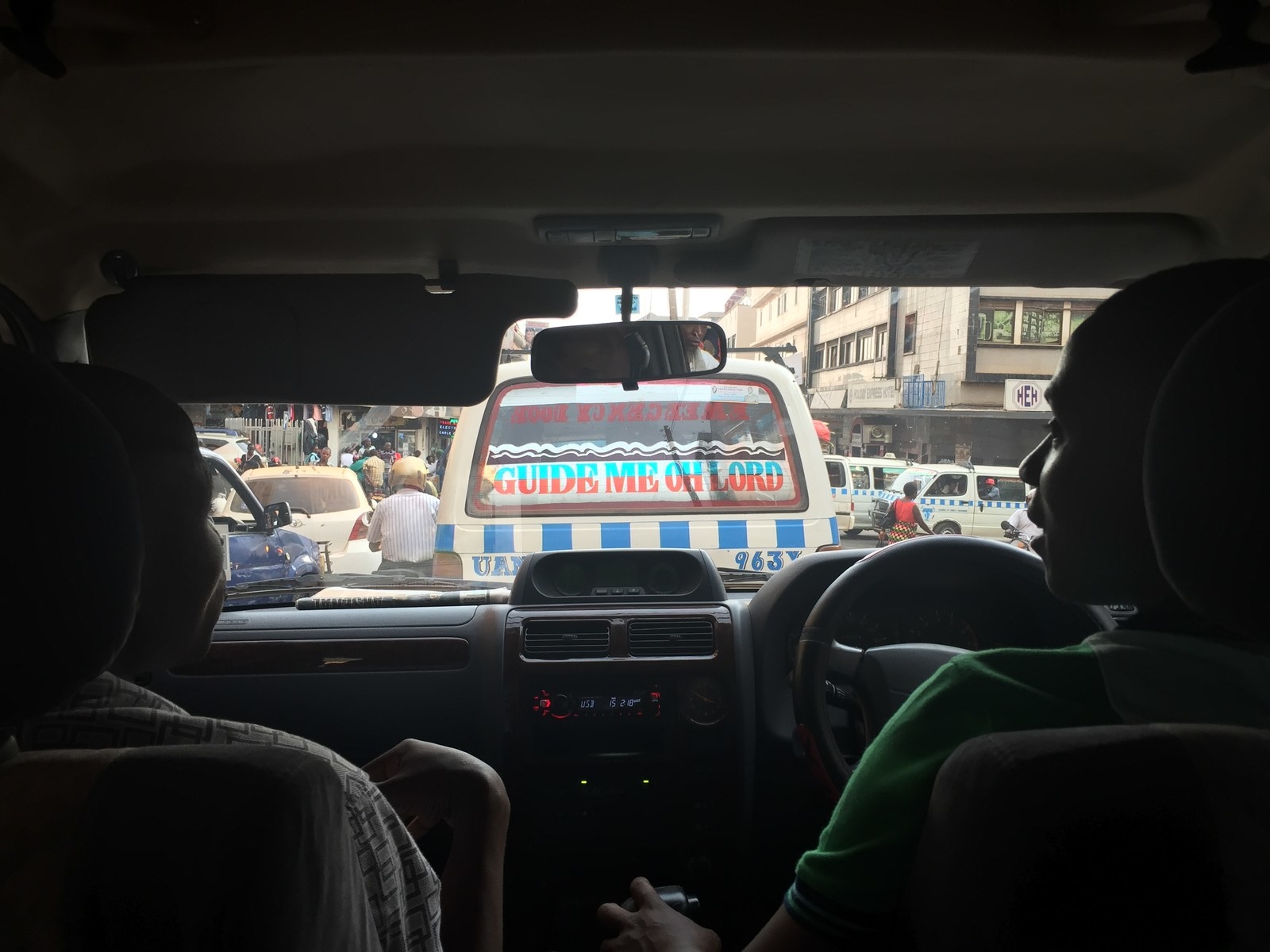
“But you have another fallopian tube right? At least the female body comes with a backup plan. Even as it constantly fucks us over.”
That was the message from my friend Kim Wall in the wee hours after emergency surgery to remove my ovary. I had been shaken awake on Christmas morning last year by the most excruciating pain I have ever felt in my life. I was too nauseous to hold down a piece of toast, and so overwhelmed with pain that I could barely stand. Miserable and with tears running down my cheeks, I called a nurse and explained what was happening — that this sudden and ferocious pain was mostly concentrated on my lower left side, the same side of my body where I suffered most of my bruises from a violent assault that had happened just two weeks prior. She advised me to go to the ER immediately.
It turned out I was experiencing an ovarian torsion — my left ovary, enlarged and inflamed, had started twisting on itself, and needed to be removed. It was likely not related to the assault, doctors told me, but there is no denying the impact of the trauma on my womanhood. I still wonder if I would have taken my suffering as seriously as I did had the physical attack not heightened my awareness of my body’s fragility.
Kim’s greeting, which reached me as a nurse was rousing me awake for a blood test, had been to wish me a Merry Christmas. She was in Sri Lanka at the time, reporting a story with our friend about feminism and the Tamil Tigers. Her response when I told her what had happened was unlike so many others, who, after hearing about my back-to-back blows, felt compelled to throw me a pity party. It was the remedy I needed.

The world may know Kim Wall as a bright and talented Swedish freelance journalist, who was allegedly murdered by her interview subject, Peter Madsen, while researching a story in Denmark last month. But I know her as my soul sister. We were in the same class in journalism school, but it was only after we graduated — when we both realized we were pursuing fledging, if not fanciful, freelance reporting careers — that we discovered our bond. Ours was mostly a long-distance friendship, and our messages to each other often began the same way: How are you?? Where are you??
Her messy auburn topknot and the baby hairs that would bop along to the steps of her bubbly personality were such a rare sight that being in her presence was a relief and a joy. In Nairobi, where we went through hostile environment and emergency first-aid training before embarking on a reporting fellowship in Uganda last year, we bounced on a trampoline set up in our hotel, beyond excited for what lay ahead. Later that evening, we slumped on a couch and wondered aloud about making it as a freelancer while also making it at life: earning enough, chilling out, slowing the hustle, falling in love.
Kim’s questions during training were smart and thoughtful; they drew attention to the realities of our work many don’t like to talk about. At one point she asked about sexual harassment, and later confided to some of us that a male editor had drunkenly grazed her behind when asking for a story. She pursed her lips and allowed her hand to casually fall on another fellow’s butt to demonstrate.
I had once been in touch with that same editor, and had made mental plans to meet him in person so I could be more than a faceless freelancer in emails. Mutually disgusted, we vowed to never approach him again.
When we returned from our reporting trip, Kim and I commiserated over editors ignoring or rejecting our pitches from Uganda against the hubbub of the 2016 US primaries, which was then taking over the news. While the closure of foreign bureaus makes editors rely more on freelancers like us — flexible, inexpensive — other forces pull them away from our work entirely. Social media can create a more myopic vision of what’s considered newsworthy in a news cycle constantly dominated by politics, meaning that Kim and I, and other freelancers, searched even harder for the kind of stories that could hit home.
We looked for news you would be hard-pressed to find in a typical newspaper or digital outlet, but which, we idealized, would reveal more about the way the world works — and more about what we as women journalists were capable of. Not wanting to settle for a no, we shared our pitches with each other for advice on how to improve them. Her idea for a story on what Idi Amin’s torture chambers reveal about remembering and commemorating national and personal trauma blew me away. To her credit and talent, Kim placed it at Harper’s magazine. The piece was typical of the kinds of stories she chased: imaginative, insightful, and as complex in its analysis of foreign policy as it was grounded in humanity.

“Let’s meet on the subcontinent,” Kim would often tell me. We both had ambitious, lingering stories in South Asia that we wanted to finish — we just needed to find the money to actually do them.
Last December, while Kim and another friend had already made it to Sri Lanka thanks to a grant, I found that money too. I secured a reporting fellowship that would allow me pursue a big story in India — one that needed institutional support, not the paltry flat rates I had begrudgingly accepted as my dues when I previously freelanced there. I was brimming with joy for the rest of the day after confirming the news, and still feeling it as I got off the subway in the San Francisco Bay Area and walked to my car. I realized two men had been following me when I turned around. They told me not to say a fucking word. I learned there was a third man when he grabbed me from behind in a chokehold.
The aggression quickly escalated. They seemed more interested in my backpack and phone rather than my body, but as a freelancer, I was not about to give up either easily. My phone has all my contacts, and my backpack had my entire professional life: my laptop, wallet, fancy headphones I use to edit audio, memory cards containing photos from two recent assignments. I’m useless at throwing punches — I learned that in hostile-environment training — so I kicked the main aggressor in the balls. But I felt myself kicking something hard, and he didn’t flinch: he had come prepared, wearing a cup.
I fell to the ground amid a flurry of fists, kicks, and screams. My glasses knocked off my face. I felt my backpack slip off. I wailed louder as they sped away in their getaway car, the houses around me decked in Christmas lights twinkling behind my tears. It was about 9:30 p.m.

As with Kim’s killing, which happened in Scandinavia, a region famous for its gender equality and safety, some remarked to me it was ironic that violence would happen so close to home for a woman who made her name reporting from so-called hostile environments. But ask anyone who has ever faced it — violence knows no borders, especially if you’re a woman or a member of another vulnerable community. I felt perverse comfort and sadness when others later told me of their brushes with barbarity: muggings, assaults, sexual violence, being held at gunpoint or knifepoint. Even Kim told me of how she had her bag pulled from her while reporting on Cuba’s underground internet revolution last summer, tearing her clothes in the process. It happened in broad daylight, with so many people around. “Couldn’t love / trust Havana again after that,” she wrote me.
As I spent the beginning of this year recovering, Kim would often send me messages reinforcing our solidarity. “How are things, sister?” Her own resilience and conviction in the power of women was unshakeable. “——> im super excited for the feminist revolution to hopefully start this wknd!” she messaged me in January while en route to Washington, DC, where she would crash on our classmate’s couch as she reported on Chinese feminists descending on Capitol Hill for the Women’s March. Her energy, as always, was contagious.
Yet the stresses inherent to the kind of journalism we love to pursue took a toll. The typical frustrations and setbacks that senior journalists tell us are part of the game seem amplified for our generation, growing up in an era dominated by fractured business models and digital technology, and the short attention spans that come along with it. “I don’t know if this story I just went to Shanghai for was commissioned,” she complained to me last summer while testing a long-term stay in Beijing, “because everyone’s so vague.”
I eventually made it to India, and was there when the news first broke that Kim had disappeared. The day after, I found myself in a hotel room in Uttar Pradesh, preparing to go over logistics for the day’s reporting with my translator, Faiz. I was comfortable with Faiz being in my room because I trusted him and the friend who referred me to him; as women, part of our job is to constantly rely on a combination of intuition and referrals to manage our safety — and the potential blame of our femininity — with everyone we work with, everywhere.
Knowing that devastating news might reach me in the middle of an interview, I put down my cup of chai and told Faiz about Kim, trying my best not to let my voice tremble. He listened to me silently, a hard look in his eyes. It will be OK, he told me.
I somehow managed to compartmentalize the news to the back of my mind as we hit the road. Faiz was friends with our driver, and their bantering helped me to relax. In between interviews, we stopped for and extolled the taste of roadside roasted channa, gawked at a serendipitous wrestling match near the highway, and discussed their love of paan. I tried some of their stash and was pleased it didn’t make me sick — unlike the time in Kampala when Kim offered me some of her chewing tobacco, and I promptly threw up.

Before leaving on this trip, I reached out to my soul sister for a boost of confidence. Fresh off of a rain-soaked Beijing bike ride and excitedly anticipating her boyfriend’s pending visit, she gave me just that — “wowoowowowow it’s happening ? man i’m so happy for you” — but I also felt her anxiety. “Did you place it?” she asked of my story, and I knew immediately it was a struggle she was also facing. And she likely knew from my nonresponse that my answer was no. That’s not how longform enterprise reporting works. Instead, we generally do a significant amount of reporting first, so we can pitch and convince with 100% confidence in the story. That’s how we did it in Uganda, and how we learned to do elsewhere. And that is what I am sure Kim was doing on board that submarine, and why no publication accounted for her whereabouts — she was first determining what the story would be, as any editor would say she should be.
This kind of reporting — exploitive by its very character when you work alone, as freelancers often do — gives a bitter note to the industry, the way a fine tea that has been left to sit for too long turns bad. It flourishes due to competition and the twisted framing of grit associated with it, and it’s especially acute for hungry freelancers only beginning to forge the kind of connections necessary to survive in this industry, and for women under fire to have to prove themselves to mostly male editors. We work our way to the day when an editor who trusts us will casually approve a hunch of a story idea, and grant us the necessary resources to pursue it to boot.
Kim was just beginning to earn the respect of editors, who realized her capacity for original storytelling, and likely thought — as most people would — that pre-reporting a story about an amateur submarine builder in Denmark would be relatively innocuous. Kim’s pursuit of life and the chances to work on the stories she loved is inspiring, but the fact that she was killed while constantly contesting an elite hierarchy and the patriarchy within the journalism industry should prompt a reevaluation of these ingrained practices, which typically put a freelancer at the bottom of the journalistic totem pole.
Part of what fueled my bond with Kim was our realization we needed each other’s support to raise our self-esteem and keep going amid the daily gambles of our lives and work. We wanted to be known for our professional skills, ideas, and sunny-side up dispositions before our personal hardships.

The safety net that has emerged in recent years to address the holes in freelance journalism — particularly for international reporting, since the route to becoming a foreign correspondent has been largely upended — are grants or fellowships. These are increasingly harder to get as staff reporters also turn to them to report expensive stories. As Faiz kept offering me more and more roasted channa during my reporting trip, and the notifications about Kim bubbled up on my phone, all I could do was breathe relief that I had a support network thanks to such a fellowship — and wish that Kim, and all of us wanting to be out in the world, could be in situations that enabled our courage, not halted it.
A grant is not a panacea to the struggles and exploitation of journalists, and the violence women and other vulnerable groups face on a daily basis. Kim’s resilience was not enough when the odds were stacked against her — nobody's is. But individual resilience and endurance is much stronger (and safer) when it is part of a larger institution and community.
This is what the Kim Wall Memorial Fund, a grant named in the spirit and honor of Kim, represents for all of us who love her so dearly. The grant will support a young female journalist to continue Kim’s legacy of brave and original storytelling by funding her to pursue the same kind of stories Kim adored.
We must not let the narrative of Kim Wall be just another story of a woman killed by a man. Kim would not have wanted that. She would have wanted more women out in the world, engaging with whatever life threw at them, and becoming stronger from it. And so, as Kim’s mother, Ingrid Wall, so powerfully told all of us who have been in touch since her untimely death, don’t let the dark side win. Rather than focusing on lamenting what could have been, I draw strength and peace from the knowledge that we knew we were going for it.
If I could ask you to do one thing in Kim’s memory, it is to help other women go for it too.
The Kim Wall Memorial Fund was established by her family and friends to honor her spirit and legacy. The grant will fund a young female reporter to cover subculture, broadly defined, and what Kim liked to call “the undercurrents of rebellion.”
The funds will be directed to the International Women’s Media Foundation, a steadfast ally to women journalists, who have agreed to support and administer this grant.
Kim would have wanted more women to be out in the world, brushing up against life. We are asking for your help in realizing her vision of this braver, lovelier world.
Sonia Paul is a freelance journalist and a senior fellow with the Fund for Investigative Journalism and Schuster Institute for Investigative Journalism at Brandeis University. She is on Twitter @sonipaul.
